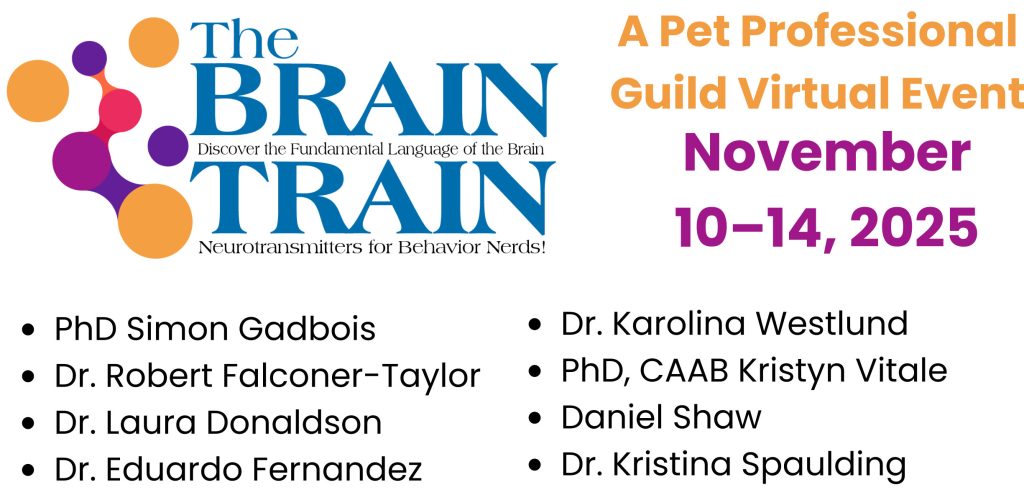Barks Blog
Pet Industry Marketing—Create Products and Services Clients Desire
By Niki Tudge
Needs, wants, and desires are separate concepts that influence human behavior. Needs are essential for survival, wants enhance the quality of life but are not vital, and desires are intense, often emotionally driven longings.
- Needs – A need is a fundamental requirement for a person’s survival and well-being. According to Abraham Maslow’s hierarchy, these are the most basic and urgent motivators. If a need is not met, a person’s health, safety, or life is at risk. Example: A person lost in a desert needs water to survive. They don’t just want it; their body requires it to maintain essential biological functions. Without water, they will die.
- Wants – A want is a desire for something that is not essential for survival. It’s an item or experience that improves comfort, convenience, or enjoyment, but its absence does not pose a threat to life. Wants are often shaped by culture, society, and personal preferences. A want is a specific way to satisfy a need. Example: After a long hike, a person needs food to restore their energy. However, they might prefer a specific gourmet meal, like a pepperoni pizza with extra cheese. The pizza is the want, while food itself is the need.
- Desires – A desire is a strong emotional craving for something, often beyond what is necessary or even wanted. Desires are aspirational and can serve as a significant motivator, but they are not connected to survival or well-being in the same way as a need. They are often a pursuit of an ideal or a feeling. Example: A person might desire to own a luxury sports car. While they need a mode of transportation, and they might want a comfortable sedan, the sports car represents a desire for status, excitement, and a sense of accomplishment, not just for getting from one place to another.
In marketing, desire is a powerful motivator that drives people to purchase a product or service. It’s the human appetite for a specific item or experience, often stimulated by advertising, that creates a sense of wanting. Unlike a basic “need” for survival, desire is more aspirational and connected to a person’s emotions, values, and goals.

The Key Principles of Desire in Marketing
Tapping Into Pre-existing Desires: We don’t need to create the desire from scratch. Instead, we need to identify and connect with the desires that already exist within our target audience—pet owners. The goal is to demonstrate how our services can help a pet owner achieve their existing goals.
Focusing on “Why”: People don’t buy a service product just for its features; they buy it for what it can do for them. A classic example is, “People don’t want to buy a puppy lesson; they want a well-behaved puppy.” Effective marketing delves into the deeper “why” behind the purchase. Why does someone want a well-behaved puppy? It could be the desire to have a lovely home, a loving family, and happy children.
Emotional Connection: Building an emotional connection is crucial. This is about showcasing your brand’s personality and how it aligns with your customers’ aspirations. Marketing that resonates with feelings of acceptance, connection, less stress, or more free time can be highly effective.
Strategies for Creating Desire
Here are some strategies you can use to build and nurture desire:
Storytelling: Create a narrative that helps the customer see themselves in the story. This makes your brand’s message more meaningful and gives both logical and emotional reasons to choose your services.
Highlighting Aspirations: Great brands sell to who people want to be, not just who they are. They create a “visual world” or a lifestyle that customers aspire to be a part of. Peloton’s marketing, for instance, focuses on the lifestyle of community and well-being, not just the features of the exercise bike.
Demonstrating Value: Show your services’ value beyond their superficial features. Use benefit-focused text that addresses your prospects’ pain points and offers them a solution your service provides.
Social Proof and Testimonials: People often mimic what others desire. Showcasing past client success stories, reviews, and endorsements builds trust and demonstrates that your service can meet their needs. This is a key part of “mimetic desire,” where people want something because they see others enjoying it.
Scarcity and Urgency: Creating a sense of limited time or availability can motivate customers to act quickly and increase their desire, a concept often called FOMO (Fear of Missing Out).
Novelty and Puzzlement: Adding an element of surprise or a puzzle can create a sense of excitement and increase engagement with the product. Apple’s product launches, for example, have famously used this approach.
The AIDA Model
The concept of desire is central to the AIDA model, a classic marketing framework that describes the customer journey in four stages.
- Attention: Grabbing the potential customer’s focus
- Interest: Keeping them engaged with relevant and valuable information
- Desire: Moving them from “liking” to “wanting” the product by creating an emotional connection and showing its benefits
- Action: Guiding them to take the next step, such as making a purchase
The AIDA model emphasizes that a consumer’s decision to buy is a linear progression, with desire being the critical bridge between initial interest and the final purchase.

Niki Tudge, MBA, PCBC-A, CABC, CDBC, is the founder and president of the Pet Professional Guild, DogNostics Education and The DogSmith. She has substantial leadership experience in business management and administration, particularly in the nonprofit sector, which encompasses her role as the president of Doggone Safe, a nonprofit educational organization. She has published numerous articles, which have been featured in publications such as the New York Times. She has also authored five books. Her most recent book, Pet Training and Behavior Consulting: A Model for Raising the bar to Protect Professionals, Pets and Their People, which she co-authored, was published in 2019.
Niki holds a dog training and dog behavior credential from the Pet Professional Accreditation Board, has successfully completed two diplomas (animal behavior technician and canine behavior science and technology) with James O’Heare at the Companion Animal Sciences Institute, and is a certified dog trainer and dog behavior consultant through the Association of Animal Behavior Professionals.
Before following her passion into small business and nonprofit management, she enjoyed a distinguished career in the hospitality industry, holding executive positions all over the world. Her real passion in her corporate role was the identification and development of female talent in the workplace. She enjoyed managing and coaching her team through both their personal and professional development, and loved watching the process of female empowerment and growth at a high level of management.
In recent years, Niki has invested time in moving her love of running from a hobby to a professional business. Her professional credentials include International Sports Science Association (ISSA) certified fitness trainer, ISSA certified transformation specialist, nutritional coach and ISSA elite trainer. She is also a certified chi walking and running coach, and has successfully complete the MAF Foundations’ certificate course.
Along with her business degrees from Oxford Brookes University in the UK, Niki holds a Six Sigma Black Belt certification, specializing in data analysis and process improvement and is an International Training Board (HCITB) certified people trainer at levels TS1, TS2 and TS3, and a certified facilitator and project manager. In addition, she was recognized for her outstanding contribution to the business community and honored with a Fortune 500 Company Leadership Award for her accomplishments.

